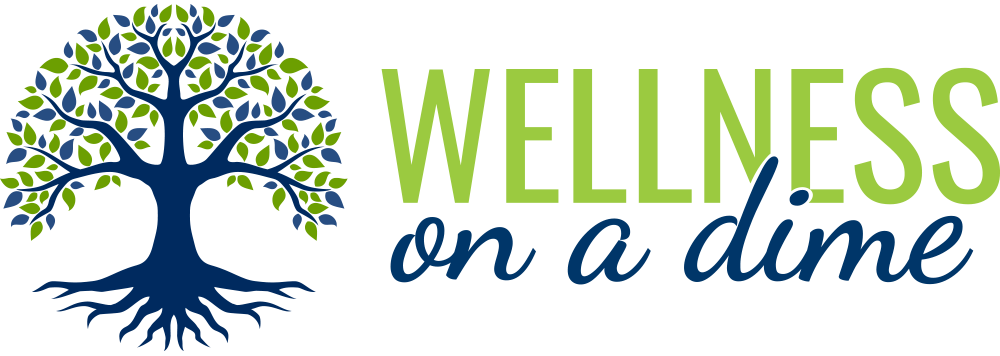 If you’re completely out of shape, have a physical problem or barely able to make it down the aisle of the grocery without stopping to rest, then walking is one of the best options for physical activity. It’s also a good exercise for those days you can’t do a regular workout. You can do it anywhere; it costs nothing and can even save money if you opt to do it instead of driving. Is it enough exercise to help you look your best? No. You have four types of fitness, endurance, strength, flexibility and balance. You need all four types of exercise. Walking is a cardio and weight bearing exercise.
If you’re completely out of shape, have a physical problem or barely able to make it down the aisle of the grocery without stopping to rest, then walking is one of the best options for physical activity. It’s also a good exercise for those days you can’t do a regular workout. You can do it anywhere; it costs nothing and can even save money if you opt to do it instead of driving. Is it enough exercise to help you look your best? No. You have four types of fitness, endurance, strength, flexibility and balance. You need all four types of exercise. Walking is a cardio and weight bearing exercise.
Walking can be a good supplement to your workout while you’re working on each area of fitness.
In order to make your workout safe, you have to go easy at first, especially if you’re older or have a previous injury or health issue. If you’re focusing on getting a half hour a day to 45 minutes in exercise, alternate your days between walking and one of the exercise routines in our video sessions. The videos focus on all types of fitness, so you’ll get the full body workout you need. Take it easy at first, especially the first two weeks. Don’t try to overdo it, but focus on form and learning the routine.
Modify walking and make it a strength training workout, too.
Walking is important to help avoid osteoporosis, especially for older individuals. It’s a weight bearing exercise, so like lifting weights builds the arms, walking builds the legs. The muscles tug on the bones and that causes the body to send more bone building material to make them stronger. Adding arm weights and swinging your arms vigorously as you walk can boost upper body strength. Make sure you warm up and cool down before walking.
To be your best and avoid injury, you need strength training and flexibility training.
You’ll find exercises specifically for strength training and flexibility training in our collection. It’s important to have both. Strength and flexibility training both help prevent injury, but in different ways. Flexibility training improves the range of motion so you don’t pull a muscle by reaching too far or moving in an odd manner. Strength training boosts your muscle power, preventing injury when lifting or moving heavier loads. Standing quad stretch, standing side stretch and standing calf stretch are three examples of flexibility training. Planks, squats and push-ups are strength building exercises.
- If you want to get maximum benefit from walking, make it a HIIT—high intensity interval training—workout. Vary your walk from a high speed one for a minute or two to a moderate recovery pace and back again. It will build your endurance faster.
- To increase the benefits of walking, make sure your posture is good. Stand up straight with your chin level to the ground, shoulders straight, eyes looking straight ahead and back straight, neither arched forward nor backward. Try to push the top of your head toward the clouds.
- If you make walking part of your permanent exercise program, modify it by going faster. Create a path, if you’re walking a half hour, turn around and walk toward home after 15 minutes. Try to get further every time you walk.
- One mega study on aging found that people who walked faster lived longer. After analyzing the data of from 34,485 aged 65 and older for 6 to 21 years, they found there was a relationship between how fast your walked and how long you lived. The faster, the longer the life expectancy.
